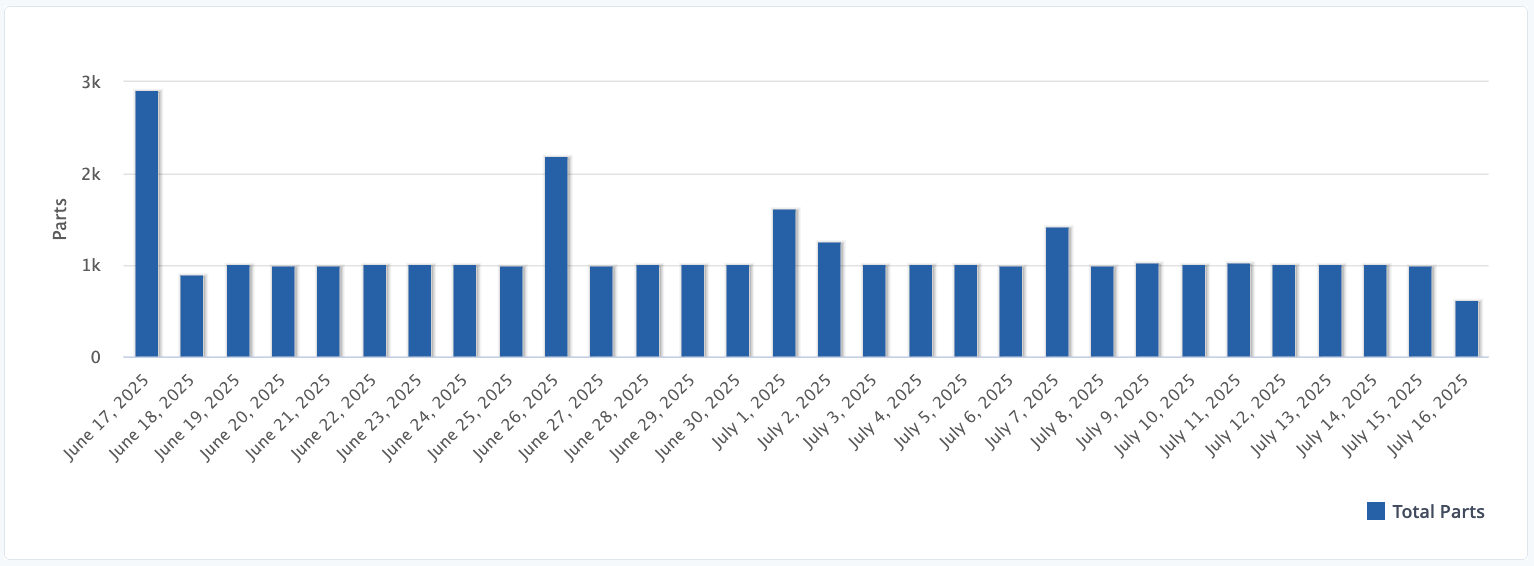Key Takeaways:
- IIoT empowers oil and gas OEMs to optimize machine performance and reduce downtime through real-time monitoring.
- By using predictive maintenance, OEMs can increase operational efficiency and drive revenue growth.
- Integrating IIoT with legacy systems allows OEMs to streamline processes and improve overall productivity.
Although the oil and gas industry has begun to warm up to the Industrial Internet of Things (IIoT) and its possibilities, Gartner says that 53% of businesses within the sector have not undertaken any implementation strategy. These businesses include oil and gas original equipment manufacturers (OEMs) who produce the equipment the industry relies on.
The reluctance of oil and gas OEMs to embrace the IIoT can be traced to the profits earned in past years, being comfortable with the operational status quo, and the barriers to successfully launching digital transformation initiatives. But as alternate energy sources begin to mature and offer more power for diverse applications, oil and gas OEMs must discover new ways to remain competitive while increasing or maintaining generated revenues. Within the digital transformation of Oil and Gas OEMs, this is where IIoT has an important role to play.
4 Ways IIoT Enhances Oil and Gas OEM Operations
Adopting IIoT brings multiple benefits and is an investment that guarantees returns when properly implemented. Some of the ways it supports the need for optimized efficiency levels and revenue growth include:
1) Improved Maintenance Strategies
The effects of downtime on the manufacturing industry are long-established and have been properly documented. Plant floor equipment requires continuous repairs and maintenance to function optimally because of the wear and tear that comes with regular use. IIoT enables oil and gas OEMs to monitor and keep track of equipment utilization metrics, which can be analyzed to discover breakdown patterns and to develop predictive maintenance strategies.
The use of software and sensors to keep track of machine utilization, air systems, and vibration levels provides the data required for developing predictive maintenance schedules. These IIoT monitoring applications and sensors transfer the collected data to a centralized software application (IoT platform) that provides the resources to create automated tickets for a variety of maintenance and repair activities.
2) Developing Value-Based Services to Grow Revenue
Oil and gas OEMs interested in increasing their revenue generation processes can rely on IIoT processes and solutions that can help businesses get the best out of the equipment they purchase. These value-based services can include subscription plans for predictive maintenance schedules for multiple machines or benchmark data which supports data-driven production optimization strategies.
Benchmark data refers to industry-wide metrics that showcases the optimal functioning capacity of a piece of equipment in diverse factory layouts. Oil and gas enterprises that intend to get the best out of the expensive equipment they purchase can rely on accurate benchmark data to optimize manufacturing operations and motivate operators.
3) Optimized Machine-to-Machine Communications
Oil and gas OEMs implementing Industry 4.0 models that rely on interconnectivity to improve operations can take advantage of IIoT solutions to deliver an interconnected factory floor. This answers the issue of diverse communication protocols and the varying ages of equipment that historically has hindered machine-to-machine communication required for interconnectivity.
IIoT hardware equipped with unified communication systems provides a means to capture data from equipment with varying protocols or legacy systems. IIoT platforms built for Oil and Gas manufacturers provide the environment that facilitates the capture, analysis, and transfer of factory floor data within the connected systems. Optimizing machine-to-machine communication enables oil and gas OEMs to improve manufacturing efficiency through industrial automation.
4) Leverage Trapped Data
Extracting data from legacy equipment due to outdated communication systems and deciding what to do with extracted data from modern equipment are challenges oil and gas OEMs struggle with. To address the first challenge, plug and play IIoT hardware capable of capturing data from legacy systems ensures this information can be collected and analyzed.
The computing resources industry-specific IIoT platforms solves the challenges of receiving insight from extracted data. Using applications to execute overall equipment effectiveness calculations and to compare the results to existing benchmark data enables OEMs to diagnose why specific workstations are underperforming. With this insight, optimized strategies that leverage factory floor data can be developed.
According to McKinsey, the oil and gas industry can unlock approximately $11 trillion of value by properly deploying IIoT solutions to ease everyday operations. Tapping into this value starts with choosing the best IIoT solutions for your OEM operations.


.png?width=1960&height=1300&name=01_comp_Downtime-%26-Quality_laptop%20(1).png)










Comments